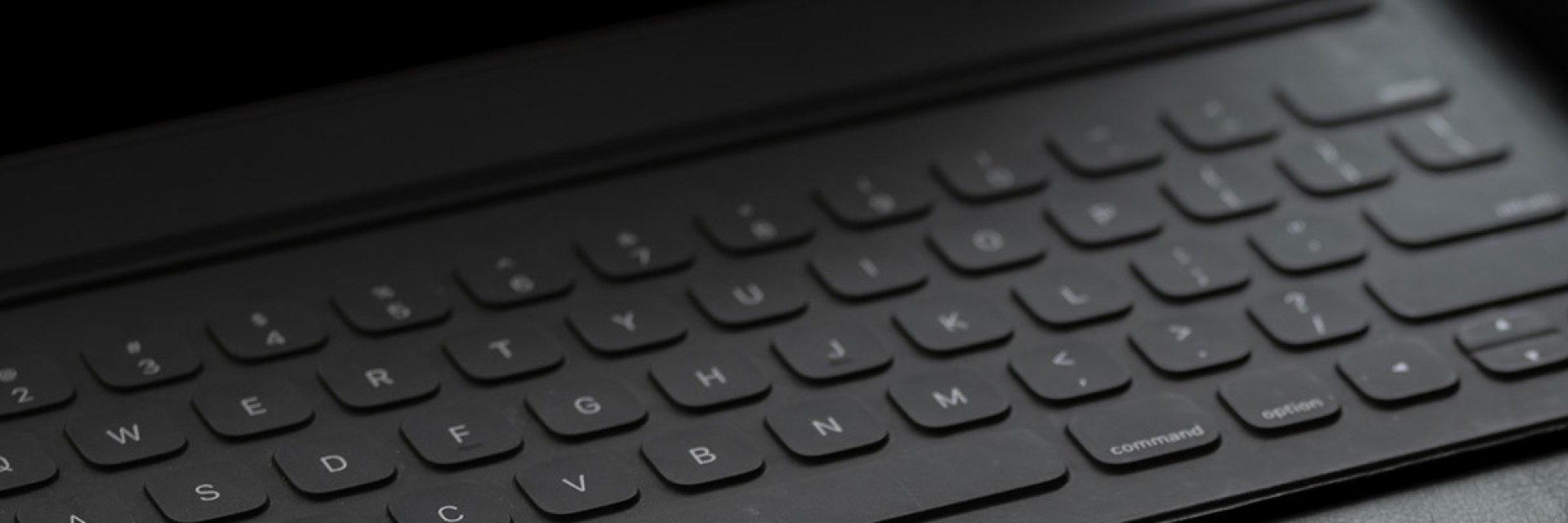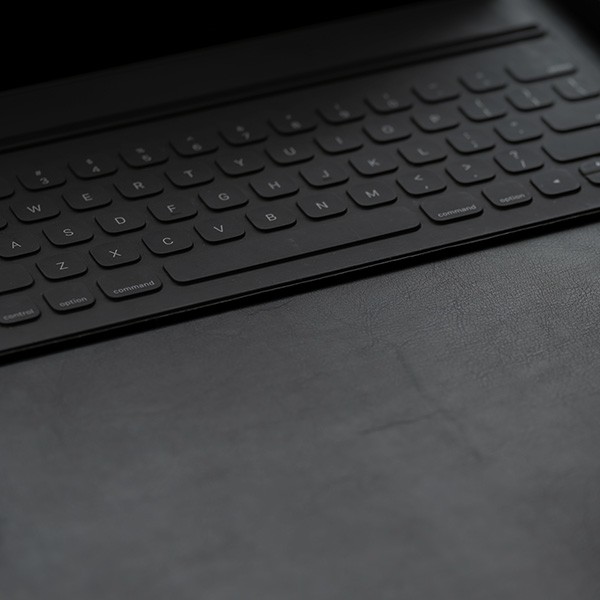Data Encryption is the translation of data into a secret code. Encryption is the most effective way to achieve data security. To read an encrypted file, you must have access to a secret key or password that enables you to decrypt it. Unencrypted data is called plain text whereas encrypted data is referred to as cipher text.
Note: The Web sites below are furnished with the intention of providing data encryption resources only. Any links leading to external Web sites and resources are provided as a convenience and for informational purposes only. These external sites do not constitute an endorsement or any association with the University. Cal State L.A. bears no responsibility for the accuracy, legality, or content of the external site.
Operation System Provided Security
Both Windows and Mac OS X provide utilities for full drive encryption. For Windows one might need to upgrade to Ultimate and Enterprise editions of Windows 10 or 11 and is called BitLocker. MacOS X on all releases provides FileVault. Both are utlities that can be turned on, and both are utilities where files continue to be easily accessible to the files owner.
Windows 10 or 11: BitLocker
BitLocker is the Windows 10 or 11 utility that encrypts the contents of the hard disk. At startup, the drive must be unlocked by typing in a password or inserting a USB flash drive that contains the password. If a Trusted Platform Module (TPM) chip is on the motherboard, BitLocker uses it to generate keys based on system files. If any of these files have changed, BitLocker keeps the data encrypted. Bitlocker can be activated by accessing Start→Control Panel→BitLocker Drive Encryption. Visit Microsoft's BitLocker page.
Mac OS X: FileVault 2
The Legacy version of FileVault prevented others from seeing or copying your files, encrypting the files in your home folder. It created a separate volume for your home folder encrypting the contents of it. The data in your home folder was encoded and your information is secure if your computer was lost or stolen. FileVault 2 uses the latest government-approved encryption standard, the extended Advanced Encryption Standard (
AES Crypt
AES Crypt is a file encryption software available on several operating systems including Linux, iOS, and Android that uses the industry standard Advanced Encryption Standard (AES) to easily and securely encrypt files. AES Crypt is completely free open source software. Visit AES Crypt.
Gnu Privacy Guard
GnuPG is the GNU project's complete and free implementation of the OpenPGP standard as defined by RFC4880. GnuPG allows to encrypt and sign your data and communication, features a versatile key managment system as well as access modules for all kind of public key directories. GnuPG, also known as GPG, is a command line tool with features for easy integration with other applications. Visit GnuPG.
LockNote
Steganos LockNote will change the way you work with confidential notes. Application and document in one: the mechanism to encrypt and decrypt a note is part of it. Secure, simple, independent. No installation required. Visit Steganos.
Mac OS X : Creating a password protected (encrypted) Disk Image
Disk Utility is capable to create an encrypted disk image. And encrypted disk image works just like an unencrypted one but requires a password to open and become available (in a "mount").

